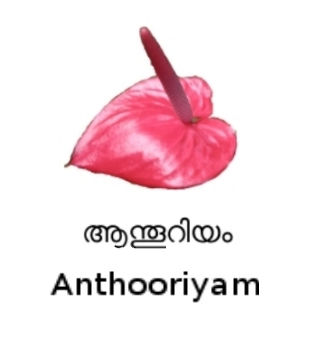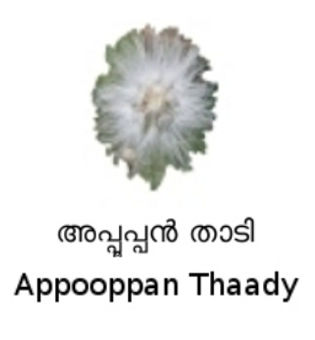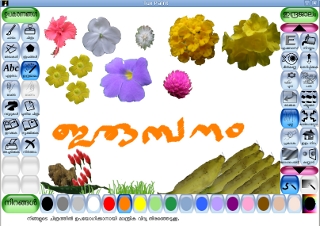Tux Paint
Description
Tux Paint is a cross-platform drawing program created specifically for children. Little kids as young as 3 years old have no difficulty in finding their way around its clear and intuitive interface which features large buttons identified by a label as well as an icon so that the child can easily recognize them. At the center of the screen there is a white canvas for the child to draw making use of a wide variety of tools and paint brushes. As a start, the child can load outlined pictures to be colored, as in a coloring-book.
The program includes all of the most common drawing tools such as lines and brushes for free-hand drawing and coloring, geometric shapes, sizing, an eraser, the “Redo” and “Undo” options, plus sound that plays while painting and a special tool called “Magic” for impressive effects: rainbow, glitter, chalk, blur, flip, and more.
Along with the Magic tool, the other popular feature among children is “Stamp,” which contains loads of pictures and clip art that can be “stamped” on the canvas, such as plants and flowers, animals, holiday art, planets, and much more. Many of these stamps are provided with the program out of the box, and others are available as separate collections to be installed. Many users contribute their own art work to be included as stamps in the program; here we are going to see an example of how this was done by a group of children from a school in India, thus putting into practice the software freedom that the program guarantees.
Tux Paint is available in more than 80 languages, including minority and right-to-left languages. Such a large number of languages is the result of contributions made by users from all over the world.
To learn more: FSF Directory, Tux Paint Official Website
Who's Using It and How
Comments by home users and stories from schools using Tux Paint are presented in the official website. There are reports that the program is one of the most helpful tools for children to get acquainted with basic computer graphic skills while providing a highly attractive environment for them. However, the distinctive feature that makes Tux Paint preferable to similar drawing software for kids is the fact that it is Free Software, meaning it comes with no restrictions of any sort and the user is granted a series of freedoms. For example, one of the freedoms is that the user is allowed to install the program in as many work stations as needed, which is specially important for schools.
Another significant freedom that Free Software guarantees is the freedom to modify the program so as to adapt it to the user's needs and to redistribute copies of the modified version. It is thanks to this freedom that Tux Paint is available in so many languages, including those spoken by minority groups. In fact, translations into less widely spoken languages have been provided by the users themselves. This is so because most of the time, companies whose business consists of development of nonfree software adopt policies on the basis of market size: if the market is not large enough to ensure profit, they are generally reluctant to invest on it.

Listen to a student pronounce the name of the Anthoorium flower in Malayalam.

Listen to a student pronounce the name of the Appooppan Thaady flower in Malayalam.
A good example of how software freedom can be applied in Tux Paint is the work done by 11 and 12 years old students from the VHSS Irimpanam school in the State of Kerala, in India. The work consisted in adding a series of stamps to the program, from photographs taken by the students themselves. They took pictures of autochthonous flowers and processed the digital images with the free libre GNU Image Manipulation Program GIMP, adding also the name of each flower in English and in Malayalam, the local language. As Tux Paint has a sound function, students also recorded with their own voices the name of the flowers in Malayalam, so when one of these flowers is chosen to be stamped onto the canvas, the user will see and hear the name of the flower in Malayalam. Watch and download the video and the SubRip subtitles.
An additional useful activity done by this school by applying the freedom to modify the program, was the translation of the Tux Paint interface into Malayalam, the language spoken in the state of Kerala.
Why
The freedom to modify the program is an important resource that was used by the school to reach beyond the scope of teaching basic computer graphical skills or entertaining children. It was used to show them that information technology is not something to be subjected to, not something that should be imposed upon the user, but an instrument to serve users according to their requirements.
The freedom to install the program in all computers in the Lab was also important, since the school has limited economical resources to invest in licenses. By distributing copies of the original and modified version of the program to the students, the school provided assistance to families undergoing economic hardship.
Results
Adding stamps to Tux Paint was an exciting and enriching experience for the students. First, they analyzed how the program works and discovered the mechanism that the program uses for the implementation of stamps. Then they learned how this particular characteristic of the program permitted the addition of stamps and how to do it. They also acquired a deeper knowledge of GIMP during the manipulation of the images. The whole process gave them an opportunity not only to develop new technical abilities, but also to identify and appreciate local flora. Most importantly, they learned that anyone, even non programmers or children, can actually influence and improve information technology when software freedom is granted.
Credits
Images of the Tux Paint interface in Malayalam with native flowers, of the Appooppan Thaady and Anthoorium flowers, as well as both sound files are courtesy of the Vocational Higher Secondary School Irimpanam and are licensed under CC-BY-SA, Creative Commons Attribution-ShareAlike 3.0 Unported.

